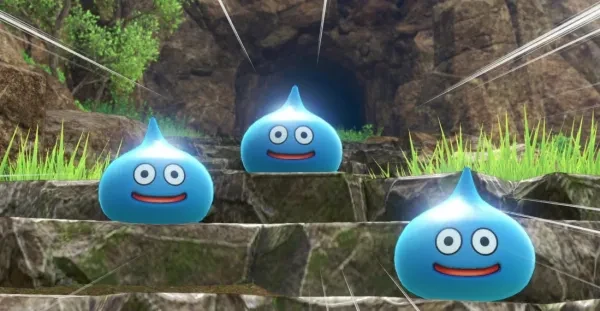
RPGs tend to be divided into two distinct groups: The Western RPG and the JRPG. This article won’t say one or the other is unequivocally better. That is a matter of taste. But there are differences between them to note if you’ve decided to get into RPGs.
10. JRPGs Have More Family-Friendly Options
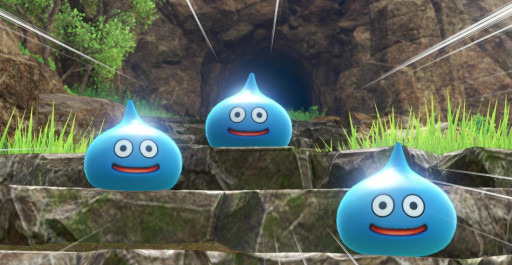
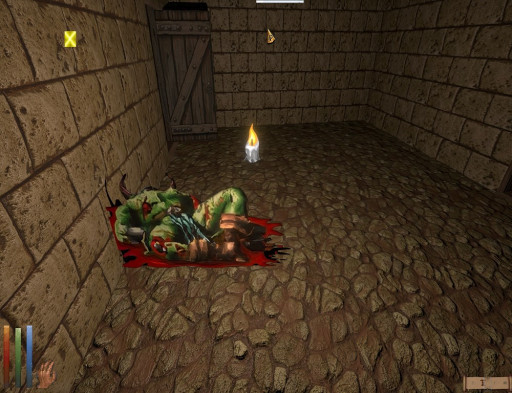
JRPGs are often less scary for kids.
If you are looking for something you can give a child, you may be better served with a JRPG for a few reasons. To wit, monsters in JRPGs often disappear after a battle. In Western RPGs, dead monsters stick around in the game world until you exit the area. Not to say that Western RPGs are bad for kids, but finding a Western RPG that is made for all ages can be difficult. As far as Western developers go, they tend to think kids only like platformers and the like. So when they make RPGs, they tend to steer towards more mature subject matter. Mature is the polite way of saying more sex and violence. This is probably not something you want to give your niece or nephew for Christmas. Unless you want to start a family fight but there are far less expensive ways to do that.
This is often related to marketing factors dating back decades. Before MMOs like World of Warcraft, the Western RPG market was dominated by teens and adults who played tabletop games like Dungeons & Dragons and Warhammer, where there were a lot of things that didn’t lend themselves to an E for Everyone rating. So Western developers catered to those audiences. While MMOs tend to be lighter on the content for mass appeal, many single-player RPGs from Western studios often have an M rating.
Over in the East, people tended to gravitate towards lighter and sometimes wackier fare. If you don’t believe me, look at Pokemon, Slimes, and Moogles. This is why manga artists like Akira Toriyama (who was well-known for his gag manga Dr. Slump long before Dragonball) are frequently hired as JRPG artists.
Being family-friendly was also a business calculation. Executives also saw that gaming was still big business in Japan. While the West was still recovering from the Great Crash of 1983, gaming was going strong among a diverse group of people in Japan. So companies in Japan tried to appeal to everyone with their RPGs. Usually, that meant making games that kids enjoyed and didn’t draw the ire of parents. Plus, Nintendo of America had stricter content policies when they got established. This further incentivized studios to keep things family-friendly.
9. Western RPGs Tend to Have a More Robust Modding Community
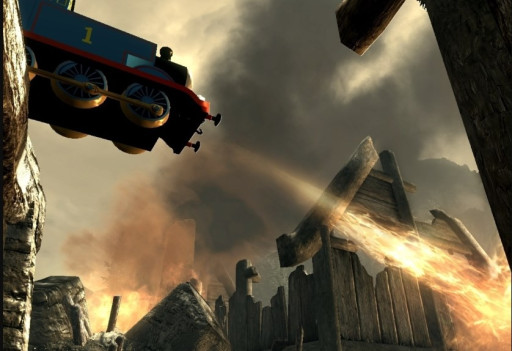
To give you a very brief rundown on what modding is, people will go into the game files and alter them in various ways. This can mean anything from surface-level cosmetic changes like Skyrim’s dragons being turned into trains from Thomas the Train to rebuilding an old game from the ground up to have modern quality-of-life improvements like Daggerfall Unity. This is more of a Western thing for a couple of reasons.
The first is that, until recently, the majority of JRPGs were only available on consoles. Consoles are notoriously hard to mod. It is only recently that JRPGs have been officially released on PC. The only way to mod console games reliably was to download an illegal ROM on your PC and mod things there. Western RPGs are often released on PC, where there are programs to aid in modding. But there’s another reason JRPGs don’t have a strong modding community: Fear of lawsuits.
Western and Japanese studios have different philosophies regarding mods. Western RPGs are often pro-modding and actively encourage it as long as it doesn’t draw negative attention or actively encourage piracy. Especially if it adds quality of life improvements. Some studios like Bethesda, have hired modders to work for them officially.
Japanese developers aren’t too keen on modding. Particularly because it has typically required illegal copies. Nintendo and Square have often been zealous about protecting their IP (as is their legal right) and have been known to smack down mods when they find them with cease and desist orders. This has historically made mods harder to find.
8. Linearity
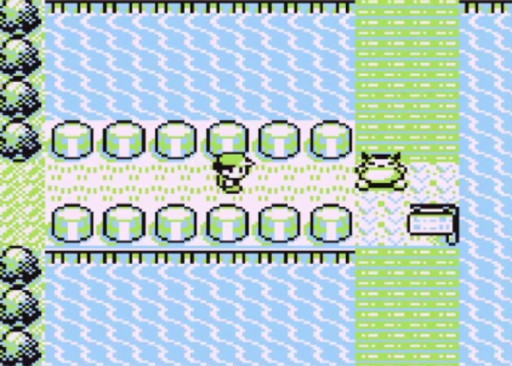
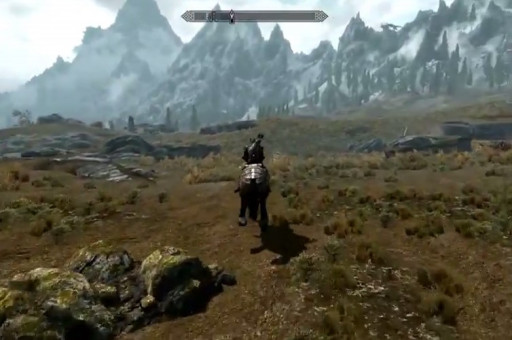
If you play both Western RPGs like Elder Scrolls or Fallout and JRPGs like Pokemon and Dragon Quest, you’ve probably noticed that you don’t really get pushed into the main story all that much in the former type. You might have to do a few tutorial quests to unlock the basic mechanics. But once you do that, you can ignore the main story entirely and focus on sidequests, ranking up in guilds, or building your in-game wealth and buying ridiculous things. You can go anywhere. You could argue that the story isn’t the point. It’s just an excuse to get you into the sandbox that is the game’s world.
In contrast, the story is the point in the JRPGs, and while there are diversions like minigames, you will have to play through the story. There is a clearly defined path in a JRPG. To advance, you have to get certain objects or complete certain quests. In Pokemon, you have to get all eight badges and beat the Elite Four, clearing out various obstructions along the way. It's a linear path from Route 1 to the Elite Four.
7. Customization
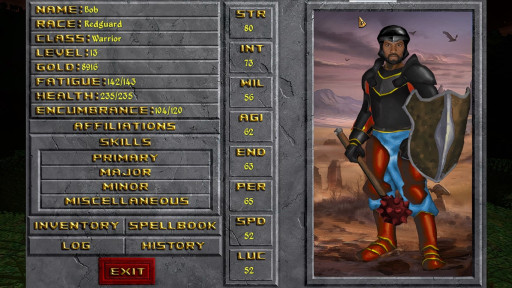

Customization varies between genres
Both types of RPGs borrow a lot from tabletop games. However, Western games place a lot more emphasis on customization. JRPGs give your characters one class and a very specific list of options for that class. A Black Mage can only become a Black Wizard in Final Fantasy, for example. In Dragon Quest XI, your character is a swordsman and can only use varieties of swords as their melee attack. And their leveling up is predetermined, and there are only a limited number of skills. Your appearance will also largely stay static. The story is about the character rather than you. The JRPGs that do let you customize your character’s appearance often have the customization be more of a cosmetic thing.
In Western RPGs, you have much more to choose from. You can theoretically learn to use just about any weapon or even multiclass. And you can customize your level-ups to a degree by allocating stat points. There are usually a lot more skills to choose from as well.
Appearances in Western RPGs are often more than a cosmetic thing. Depending on what race you are, people will treat you differently. A Khajit in the Elder Scrolls is mistrusted, and you have to build your reputation.
6. Antagonists are Different
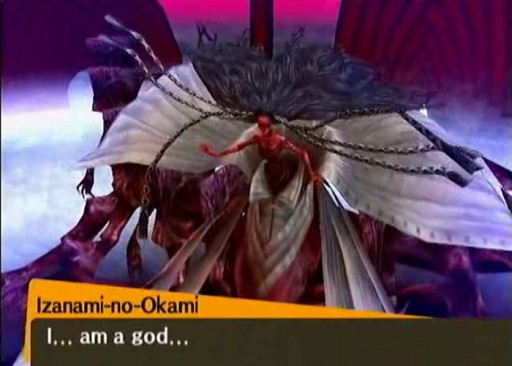

The antagonists in Western RPGs and JRPGs are often different, particularly in fantasy. Western fantasy antagonists are more Tolkien-esque, with orcs and other creatures based on Western mythologies. JRPG antagonists and monsters are often more Japanese in nature. They use monsters from Eastern mythology, like yokai.
Even the final bosses can be different. Much of the time, Western RPGs have sorcerors and dragons as final bosses. A lot of JRPGs, like Persona, have actual gods as final bosses.
5. Combat is Different
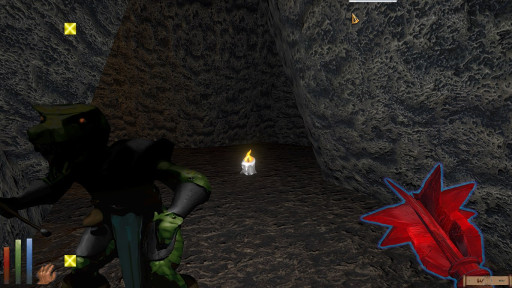
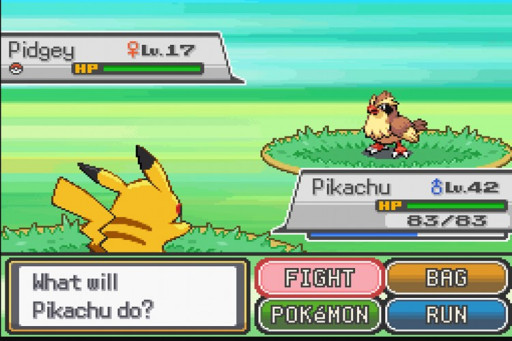
Combat in JRPGs and Western RPGs is different. In most JRPGs, you get pulled into random encounters where the combat is turn-based or there is something like an Active Time Battle System governing when you and the enemies attack. More recently, some JRPGs have implemented systems where the enemies are on the overworld but allow you to attack them before combat as a surprise attack. A lot of things are factored into chance. Whether you hit the enemy or get hit by an attack depends on your speed and accuracy stats, respectively.
In Western RPGs, combat is real-time. The monsters attack you in the overworld. They can sneak up on you. You can sneak up on them. There’s also a lot less left to chance. If you back away from an enemy as he swings his sword at you, it doesn’t hit you, and vice versa.
4. Parties
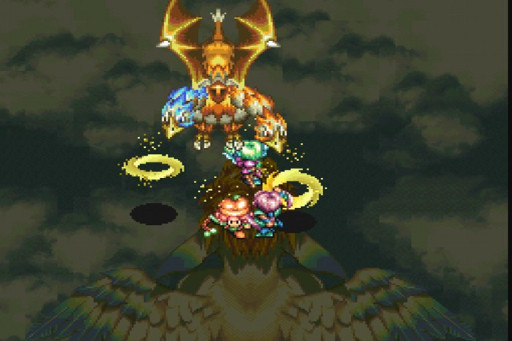
In many Western RPGs, it’s you against the world. You largely go solo against whatever threats the game presents. You may have a rotating AI partner that you can bring, but typically, you’re on your own. In JRPGs, you’re in a party. There are both technical and cultural reasons at play.
Many Western RPGs are first-person, and it’s hard to control a party in combat that way. Secondly, Western cultures are more individualistic. One-person against-the-world narratives are more common. Parties are more common in Japanese games because their culture isn't quite as individualistic as ours.
3. Combat Strategies
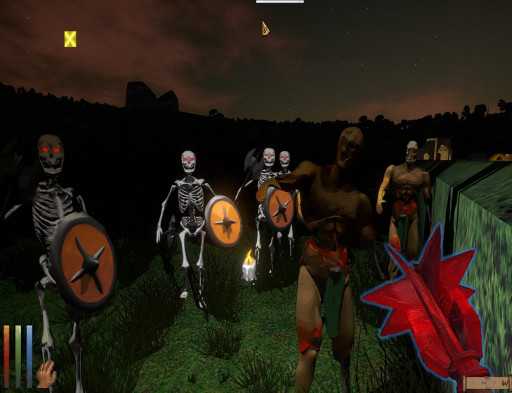
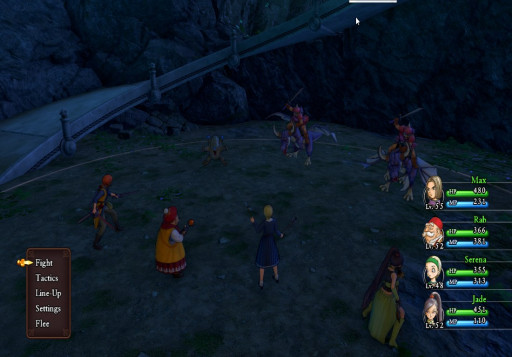
Because of the way battles are done in each genre, your strategies will also be different between genres. Since combat is real-time in Western games, you have to adjust your strategy on the fly and be quick. There’s no time to think through your moves once combat gets going because the enemy will keep attacking you.
Another factor is the number of enemies on screen. In a JRPG, there’s a limit to how many enemies will attack you at once. Around four or five on average. In Western RPGs, it is quite possible to get overwhelmed on all sides. Enemies might follow you into the next room, and a summoner enemy might raise up a large group of things to attack you at once, like in this picture from my Daggerfall game. On the other hand, it’s easier to flee from an encounter going badly.
Many JRPGs have a large cap on what you can carry. You could theoretically carry 99 of every healing item like I usually do. In Western RPGs, not having a party often implies that you don't have infinite carrying capacity. So you rely more on your skills than on having a bunch of healing items.
And you can also make better use of environmental hazards in Western RPGs. In JRPGs, a battlefield is a flat area separated from the environment. In western games where you fight in the environment, you can use the environment to your advantage. You can knock enemies off ledges or lead enemies into traps.
2. Crafting Systems

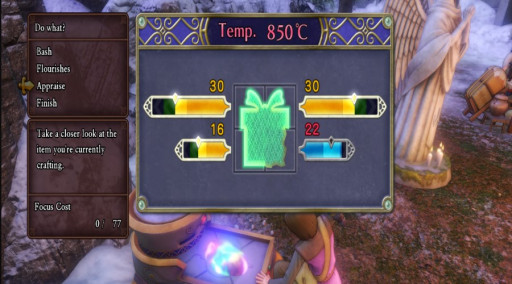
Crafting items, weapons, and armor is often a bit more integral to success in Western games. The equipment in the stores is inferior to what you can craft. The systems are often more intricate. Almost anything that can be found in the game can be crafted. If you’re willing to grind and hunt materials until you build up your crafting skill to craft weapons and armor, you'll have some gear that can overwhelm low-level enemies.
JRPG crafting systems can be less intricate. Linearity also extends to weapons and armor. Your weapons and armor in JRPGs are unlocked by reaching new towns or completing certain story beats. Crafting systems in JRPGs tend to involve you finding recipes that are unlocked by sidequests or found in new areas. While this is simpler, it doesn’t lend itself to game-breaking antics.
1. The Size of the World
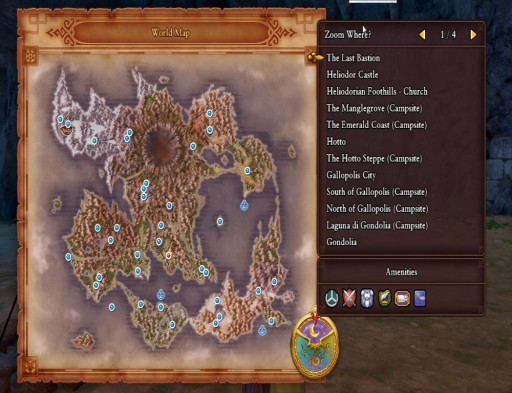
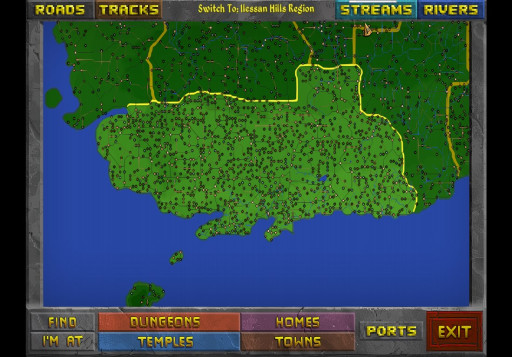
While both genres have big world maps, JRPGs have fewer locations on those maps. For each location, there’s a town, the overworld, and a dungeon of some sort. You complete the dungeons and move to the next area. The dungeons are often more unique, with one type of environment for each dungeon.
Western RPGs have bigger worlds. There are multiple dungeons and towns in a given area to facilitate open-world play. However, this often has a downside. Bigger worlds often mean a smaller variety of monsters. And the variety of dungeons and areas is often less unique. Similar temples, caves, and dungeons are common. It can become repetitive.
Both genres have their merits. With more classic games being re-released at low prices on services like Steam and Good Old Games, it's easy to find a style that fits you.
